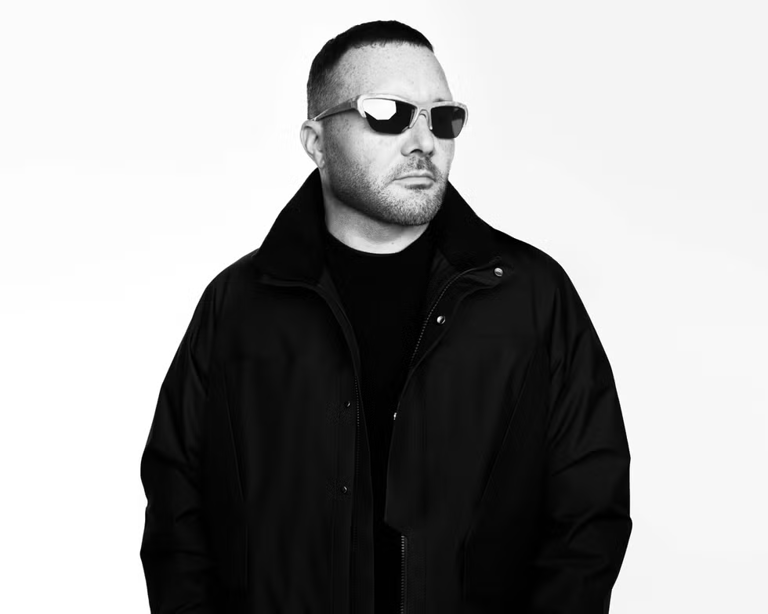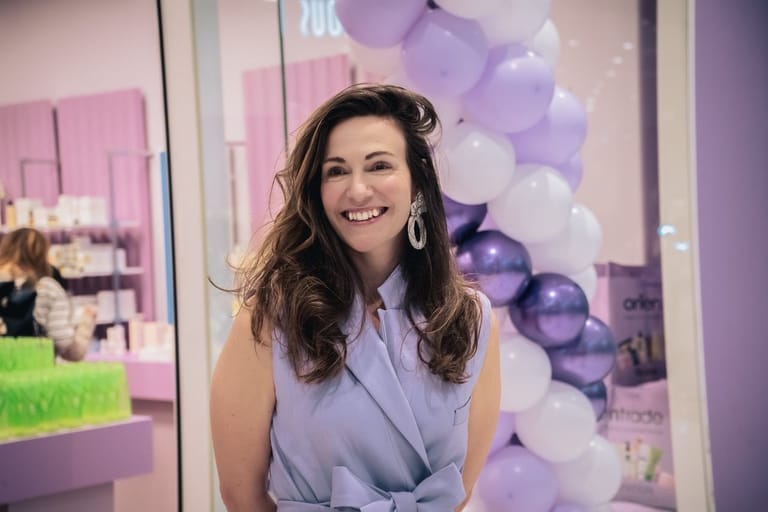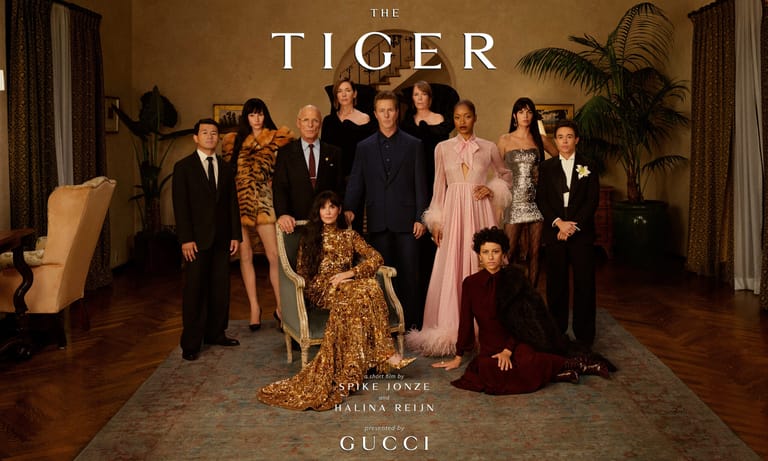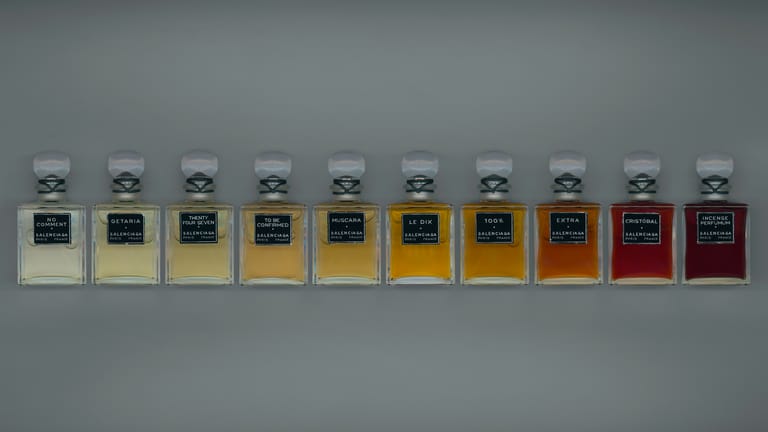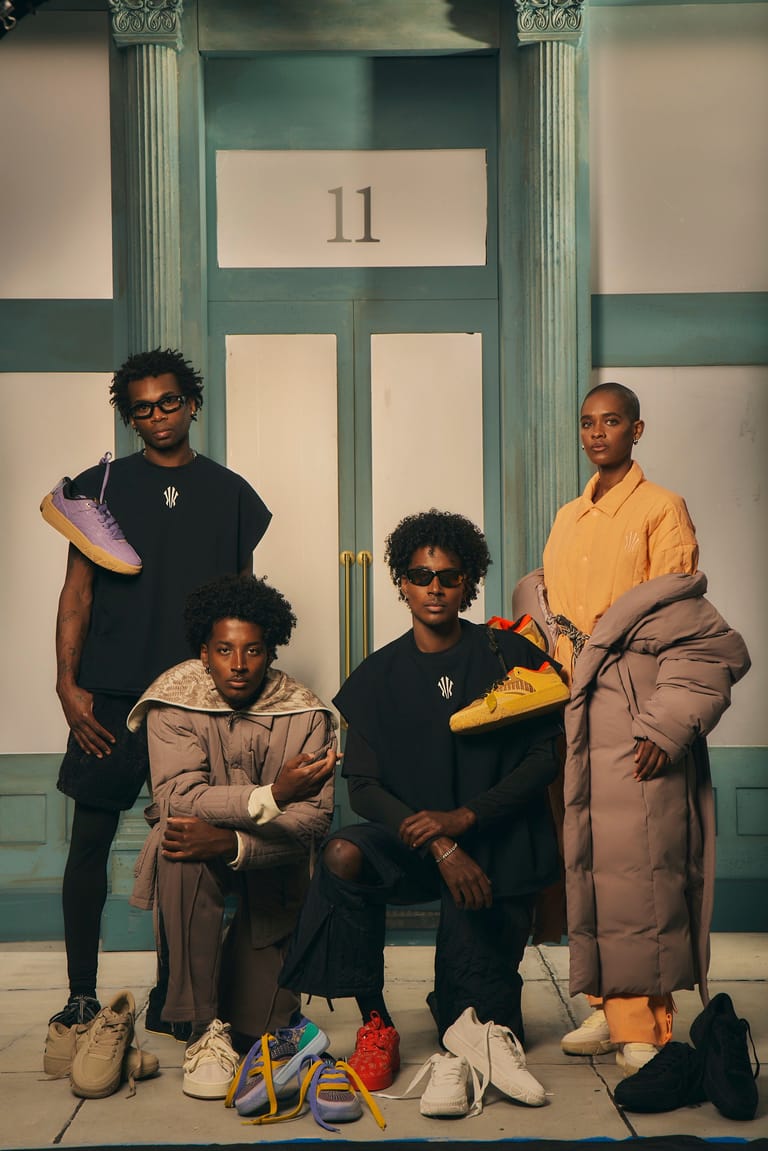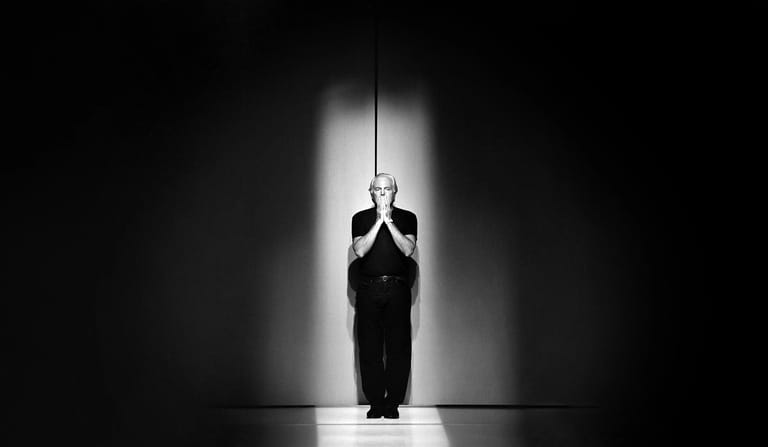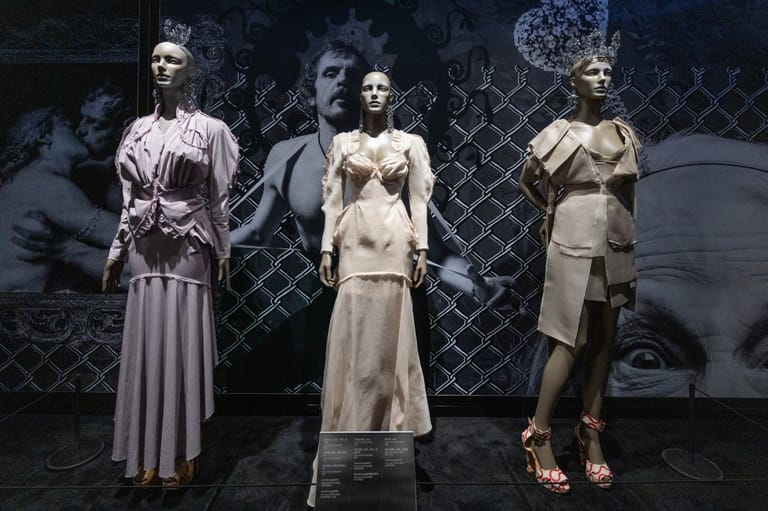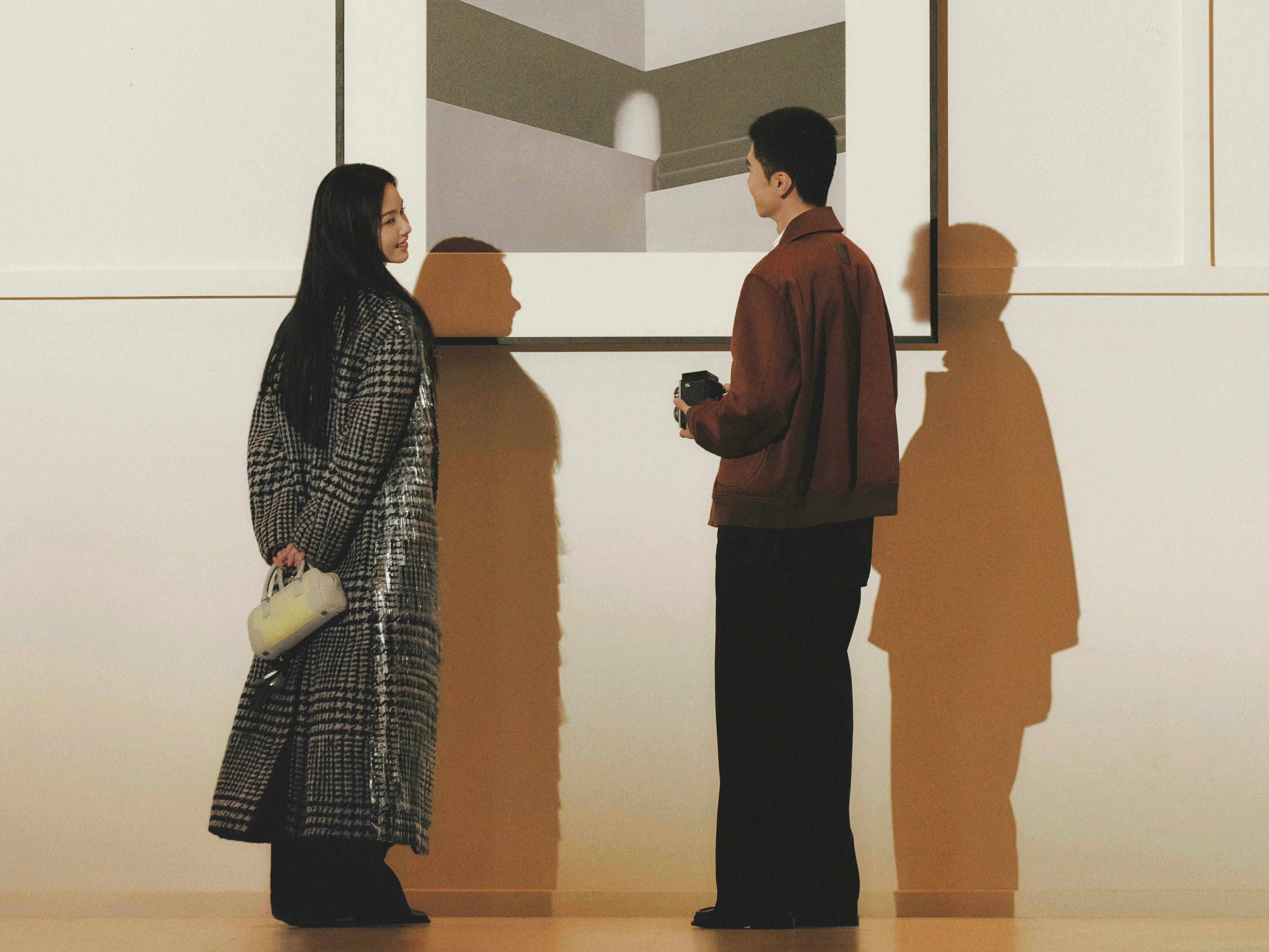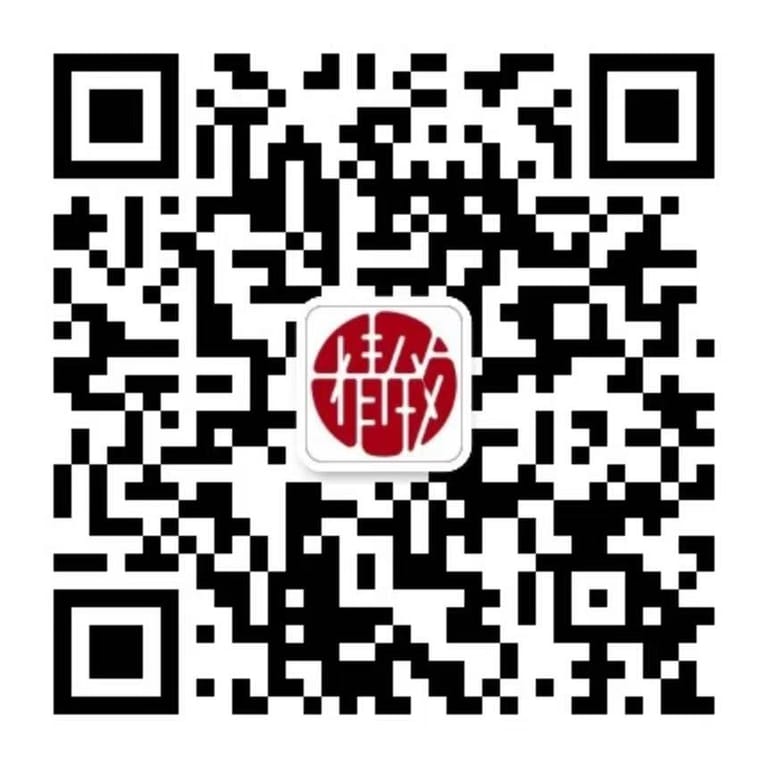From Kering’s Profit Slump to Hang Lung’s Quiet Confidence —Luxury’s Uneven Reality
By
Huiyan Chen
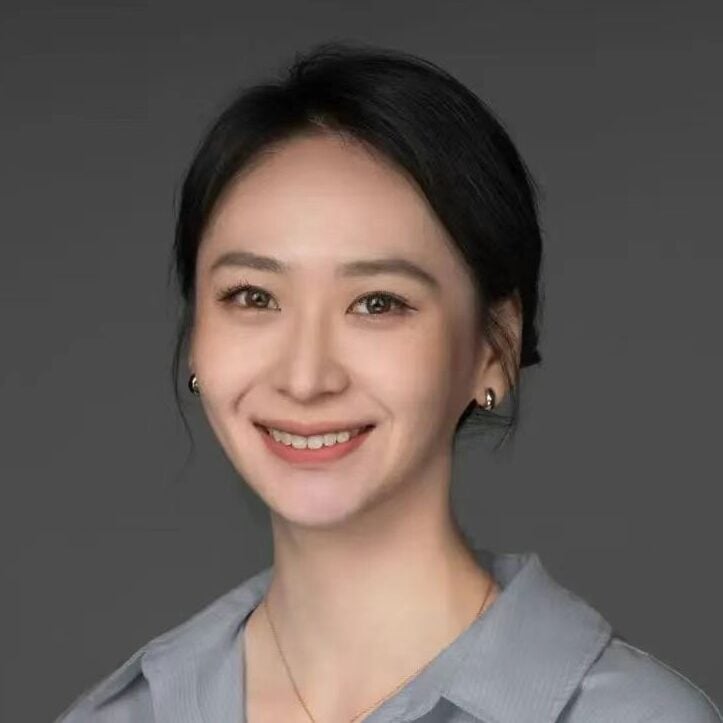
Published on
August 4, 2025
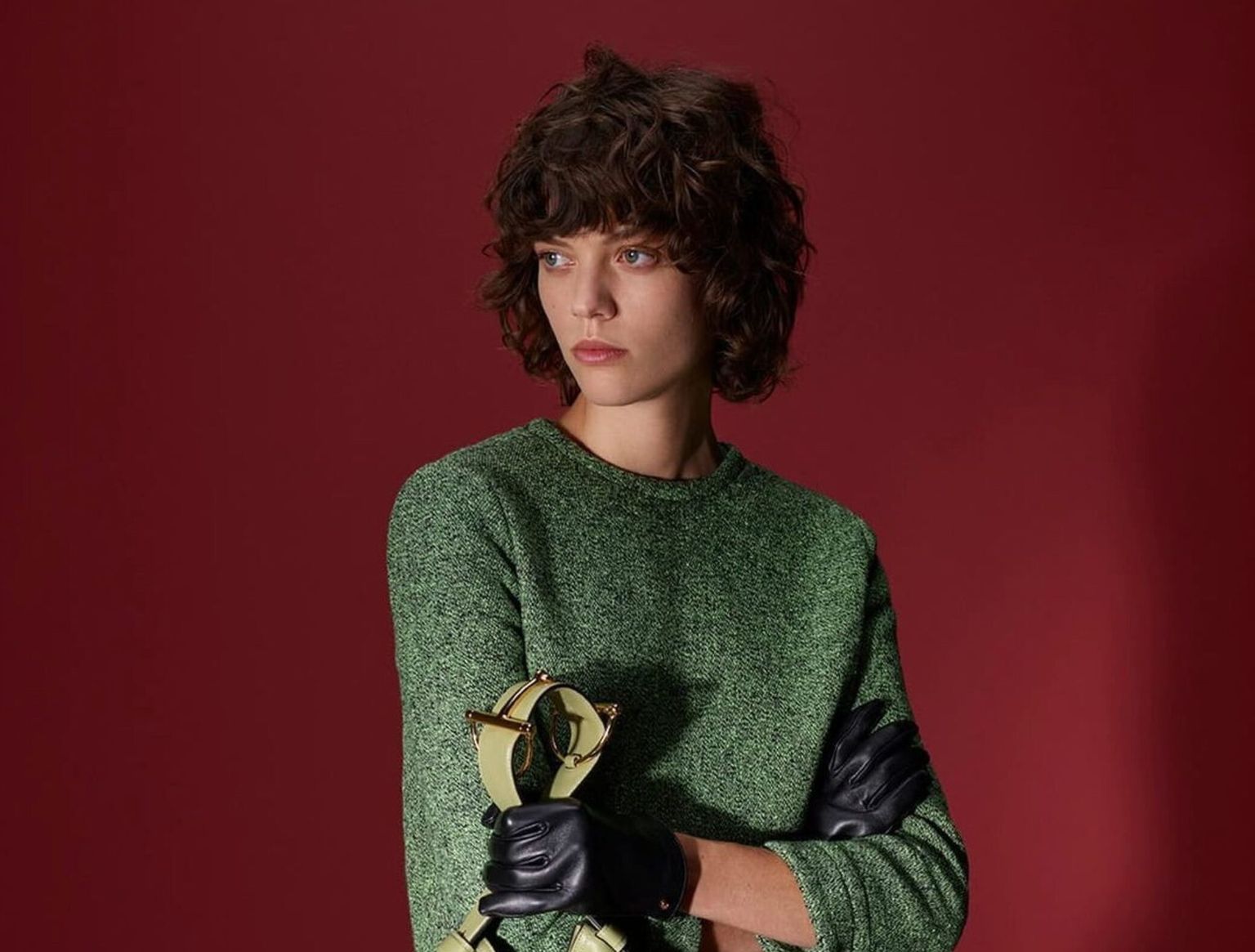
2025 Q2 marks a tipping point for global luxury in China. While luxury groups like Kering report sharp sales declines and executives shuffle leadership positions to regain footing, others—from Hermès to L’Oréal—are seeing signs of stabilization. Meanwhile, Chinese players like Hang Lung and Florasis are deepening localization strategies and leveraging youth culture to tap into new consumer behaviors.
Kering Profit Challenges Amid Gucci’s Restructuring
Kering’s first-half 2025 financial performance revealed significant shifts in the luxury market, reflecting the impact on Kering profit.
Gucci, the group’s longtime linchpin, saw revenue decline 25% on a comparable basis in Q2 and 26% for the first half compared to a year earlier. Saint Laurent retreated roughly 10%, while Bottega Veneta eked out a marginal 1% gain.
The downturn extended regionally: Asia-Pacific (ex-Japan) fell around 19–22%, while Japan contracted roughly 29%—signs that the softness has become systemic. François-Henri Pinault framed the results as a necessary moment of reckoning, citing aggressive cost discipline and retail restructuring as essential steps toward long-term resilience.
Yet amidst the headwinds, a quiet reorientation is under way. With Demna now at the creative helm of Gucci, the brand is poised for a carefully staged return. His inaugural collection will be revealed as a static presentation at Milan Fashion Week on September 23—positioned as a reset of brand identity rather than runway theatrics. Francesca Bellettini, Kering’s Deputy CEO for Brand Development, described the format as an opportunity for Demna to “share his vision…and remind people what Gucci is all about.” A full runway debut is slated for March 2026—a deliberate pace designed to rebuild Gucci’s cultural footprint before reengaging mass visibility.
For Kering, the turn toward introspection is more than optics—it is a strategic pivot at a moment when Chinese consumers are voting with their wallets for authenticity over ostentation.
For Kering, this moment is about more than financial repair. It’s an opportunity to reorient one of luxury’s most iconic brands for a new generation of Chinese consumers—those increasingly motivated by cultural authenticity, not just logos. The message is clear: heritage without evolution is no longer enough.
Hermès, Prada, and L’Oréal Offer Pockets of Resilience
In stark contrast, Hermès continued its quiet streak of resilience. The Parisian house reported 9% year-on-year Q2 sales growth at constant exchange rates, led by leather goods (+14.8%) and steady gains across Europe, the Americas, and the Middle East. China, while still underperforming (+5.3% in Asia ex-Japan), remains part of the brand’s long-game strategy, with no further price hikes planned.
Prada Group, meanwhile, posted an 8% rise in H1 sales, powered largely by Miu Miu’s 49.2% retail surge. The Prada brand itself dipped 1.9%, but the group’s broader global momentum—including double-digit growth in the Middle East, Americas, and Asia-Pacific—suggests the benefits of portfolio diversification and stylistic range.
Perhaps most significantly, L’Oréal signaled a turning point: after two quarters of contraction, its mainland China sales returned to growth (+3%) in Q2, led by its professional and dermo-cosmetics lines. The group’s long-term commitment to biotech innovation and localized storytelling may be paying off.
Hang Lung Doubles Down on Domestic Confidence
While luxury brands are recalibrating, China’s most prominent luxury landlord is leaning in.
Hang Lung Group reported stable rental revenue of HK$4.91 billion (approx. RMB 4.5 billion) in H1 2025, with mainland malls contributing RMB 2.4 billion. Flagship properties in Wuxi, Kunming, and Dalian posted year-on-year gains in both rental income and tenant sales, despite broader consumer caution. The company also announced a major expansion in Hangzhou’s Wulin commercial hub, adding 42,000 square meters of retail space—an increase of 40%.
The move speaks volumes. In a post-pandemic market where global players are trimming real estate exposure, Hang Lung is betting on upgraded experiences, stable foot traffic, and the enduring appeal of urban luxury enclaves.
Pop Culture Currency: The New Face of Influence
As macroeconomic uncertainty clouds long-term forecasting, brands are sharpening their messaging—and their messengers. Pop Culture Currency: The New Face of Influence
Pomellato named Chinese Gen Z idol Roy Wang (王源) as its global brand ambassador, launching a high-gloss ICONICA campaign shot by Chen Man. The appointment marks a strategic push to reposition high jewelry for younger consumers, both in China and globally.
Meanwhile, domestic beauty leader Florasis (花西子) named Roy Wang’s bandmate, Karry Wang (王俊凯), as its first global makeup ambassador, tying the announcement to a new “Oriental Complexion” campaign and co-branded product drops. With over 80 million followers each, both ambassadors signal a new era of influence—one rooted not just in fandom, but in narrative alignment.
In the travel sector, TUMI appointed actor Wei Daxun as its APAC ambassador, timed with the opening of its new Shanghai flagship. Taken together, these moves reflect a growing imperative: emotional resonance, not just celebrity reach, is becoming the true currency of brand relevance.
Strategic Realignments: From Jil Sander to Phoebe Philo
Elsewhere in the fashion ecosystem, key personnel and expansion moves hint at recalibration beneath the surface.
Jil Sander’s CEO Serge Brunschwig will exit in September, less than six months after joining. The departure adds a note of instability at a time when OTB Group was expected to scale the brand’s global footprint.
By contrast, Phoebe Philo’s eponymous label is pressing forward with its entry into mainland China. Set for launch in September 2025, the brand will be stocked by a curated network of high-end boutiques including B1OCK, Dong Liang, Dover Street Market, Lane Crawford, and SND. With a minimalist yet cerebral aesthetic, the move is poised to resonate with China’s most discerning fashion consumers.
Key Takeaways
If one message cuts through this week’s headlines, it’s this: the Chinese luxury market is no longer homogenous, and its growth curve is no longer guaranteed. As Kering’s dramatic slowdown shows, legacy alone offers no protection. Success increasingly favors those who act with precision—through localized campaigns, cultural alignment, and operational control.
Hang Lung’s steady expansion, especially in cities like Wuxi, Kunming, and Dalian, reveals another important truth: China’s next wave of growth will be driven not just by Beijing and Shanghai, but by the rising economic and cultural gravity of second-tier urban centers. Brands that overlook these markets do so at their peril.
Above all, agility will be the defining quality of winners in China’s next chapter. It’s no longer about dominating through sheer scale it’s about growing smartly, reading the emotional pulse of the consumer, and committing to a long-term vision that can weather volatility.
Stay Connected Through Our Weekly Newsletter

